Touch ‘n Go held a media briefing today explaining the finer points of its radio-frequency identification (RFID) toll payment system, which is currently in the public pilot phase. The company added a few details to those that were initially released and gave a few hints about the future of the programme as a whole.
The pilot kicked off on September 3 ahead of a full-scale launch in January 2019, after a month-long registration process. Touch ‘n Go said that over 100,000 people signed up for the programme, although only 10,000 were actually approved. However, the company intends to rope all 100,000 into the programme by the end of the year.
As a recap, the system uses a sticker affixed to the car, either to the windscreen or one of the headlights. Users who pass through an RFID toll lane will have the toll charge deducted from their Touch ‘n Go eWallet, a digital payment system that you can top up through a smartphone app (iOS here, Android here) – and no, it’s not connected to your bank account, so don’t worry about it wantonly swiping money from you.
Each sticker is tied to a particular vehicle, which means that if you want to use the system on multiple cars, for example, each one will need its own RFID sticker. It’s also tamperproof and removing it from the surface it’s affixed to will render it inoperable, so thieves can’t just steal the sticker to use on their own vehicles. The sticker is claimed to have a five-year average lifespan and is designed to withstand various weather conditions, although users are discouraged from using chemicals to wash their cars.
Say goodbye to reversing at tolls
Touch ‘n Go CEO Syahrunizam Samsudin said during the event that the company sees the system as a service instead of a device, and that the move towards digital payments is a way for it to recognise individual customers rather than a bunch of cards.
This ability to track users brings a few benefits, not least the fact that in the near future, you will no longer be stopped at tolls when you have insufficient balance, as the company will simply dock money from the eWallet once it is reloaded – no more forcing others to reverse for you. However, you will then have to reload immediately, as entering another toll without paying up first will cause you to be blacklisted from the service. The exact mechanics are still being finalised, however.
Subscription fees instead of a one-time product purchase?
Many will doubtlessly wonder how much it will cost to buy into the RFID system once it gets up and running. For now, pilot users won’t have to pay anything for the privilege of sailing through toll booths (except the toll charge, obviously), but the company has yet to reveal pricing of the final offering.
However, the repositioning of the system as a service rather than a product means that it could be offered on a subscription basis with an annual fee, rather than a one-and-done purchase as was the case with SmartTAG devices. Such a plan, should it be implemented, would enable customers to easily upgrade to the latest RFID devices at a minimal cost as they become available – the company is working on improvements to the system.
Active versus passive
Touch ‘n Go is aware of issues with RFID stickers on tinted windows, which necessitated the option of a headlight sticker. Syahrunizam said that problems with reading RFID signals only occur through metallised window film (the stickers work fine with regular tints), and that the company is considering metal RFID tags to get around this issue.
A lot of people have also questioned the company’s decision to go for a passive RFID system instead of an active system that utilises a powered transponder to boost the signal – the latter is used in Singapore’s Electronic Road Pricing (ERP) system and would not only eliminate the tag reading issues through metal but would also allow for higher operating speeds.
Essentially, the decision centred around cost, with Syahrunizam putting active RFID systems at around five times the cost of passive systems. The convenience of not having to use batteries or an external power source was also one of the reasons given for choosing a passive system.
More fitment options incoming
Currently, customers can only have the stickers fitted at five designated centres around the Klang Valley, including the Customer Experience Centre in Bangsar South, the New Pantai Expressway (NPE) Pantai Dalam toll, the Awan Besar R&R on the KESAS Expressway, the Besraya Highway Loke Yew toll and the Maju Expressway (MEX) Salak Selatan toll.
More locations will be introduced soon, and these will be expanded to include petrol stations, likely with the help of mobile fitting stations. Touch ‘n Go also plans to engage carmakers and dealerships to have the stickers fitted as standard on new cars, and it is looking at the possibility of offering a “premium” home fitment service as well as self-service solutions in the future.
SmartTAG to remain in service
Many have expressed concern over whether SmartTAG – sales of which were discontinued last month – would be replaced by RFID. This would leave plenty of motorists with inoperable devices, including the built-in readers on the latest Perodua Myvi. Syahrunizam said that it wouldn’t be the case, saying that the RFID system will instead be used to phase out the Touch ‘n Go cards first.
He added that if the government does go with a Multi-Lane Free Flow (MLFF) system in the future, it will likely utilise both SmartTAG and RFID systems. The company has previously stated that SmartTAG will continue to be used for the foreseeable future, until further notice.
Prospective and current customers can learn more about the RFID programme through the official Touch ‘n Go website and the TNG Careline. The company has also set up a dedicated microsite for participants, as well as a closed Facebook group where it will share updates regarding the programme.
We’ve installed the RFID sticker on one of our cars, and you can read a detailed report on the experience here. Alternatively, you can watch the video below.
Looking to sell your car? Sell it with Carro.

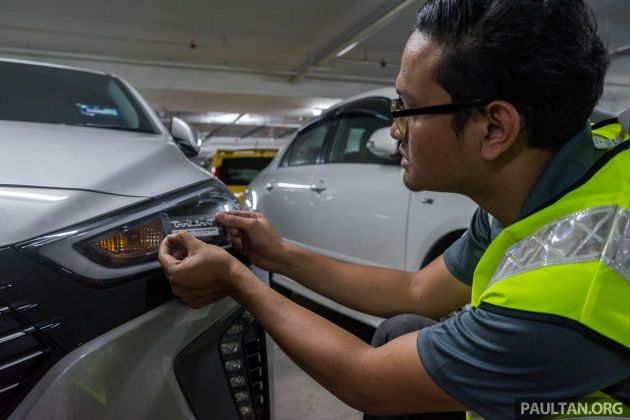

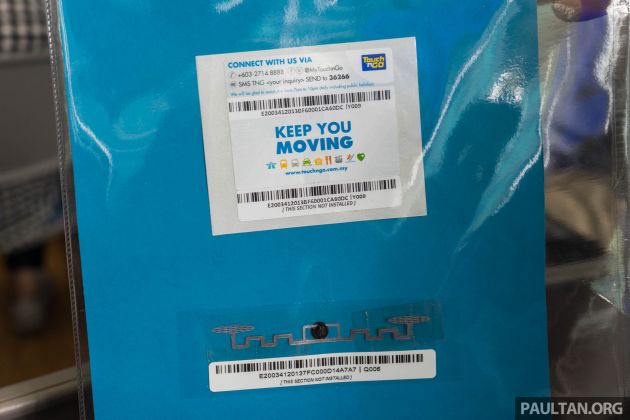
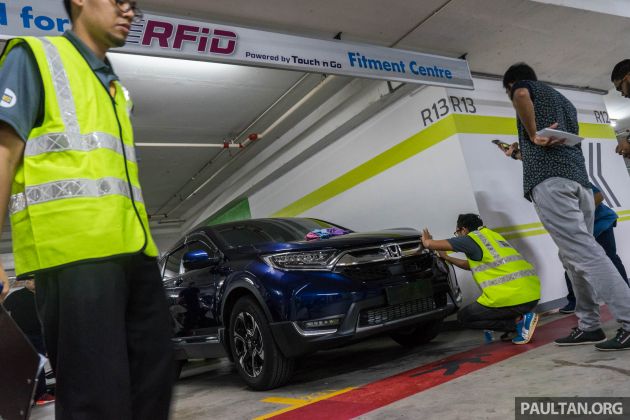



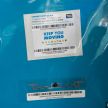
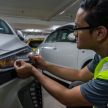




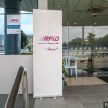


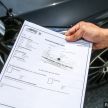





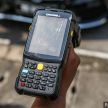


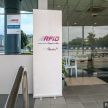


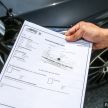





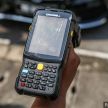










AI-generated Summary ✨
Comments express frustration with Malaysia's RFID toll system, highlighting issues such as intrusive sticker placement on headlights, potential damage and theft, poor implementation, and lack of convenience. Many compare it unfavorably to Singapore’s integrated, high-speed RFID systems and criticize the monopoly, high costs, subscription fees, and the system’s inefficiency. Concerns are raised about system reliability, vehicle compatibility, and the inability to use multiple RFID accounts on one car. Several commenters advocate for simpler solutions like abolishing tolls or adopting proven international models, criticizing the perceived corruption and poor planning behind the project. Overall, sentiments are largely negative, emphasizing that the system is immature, costly, and poorly conceived, with many calling for better alternatives.